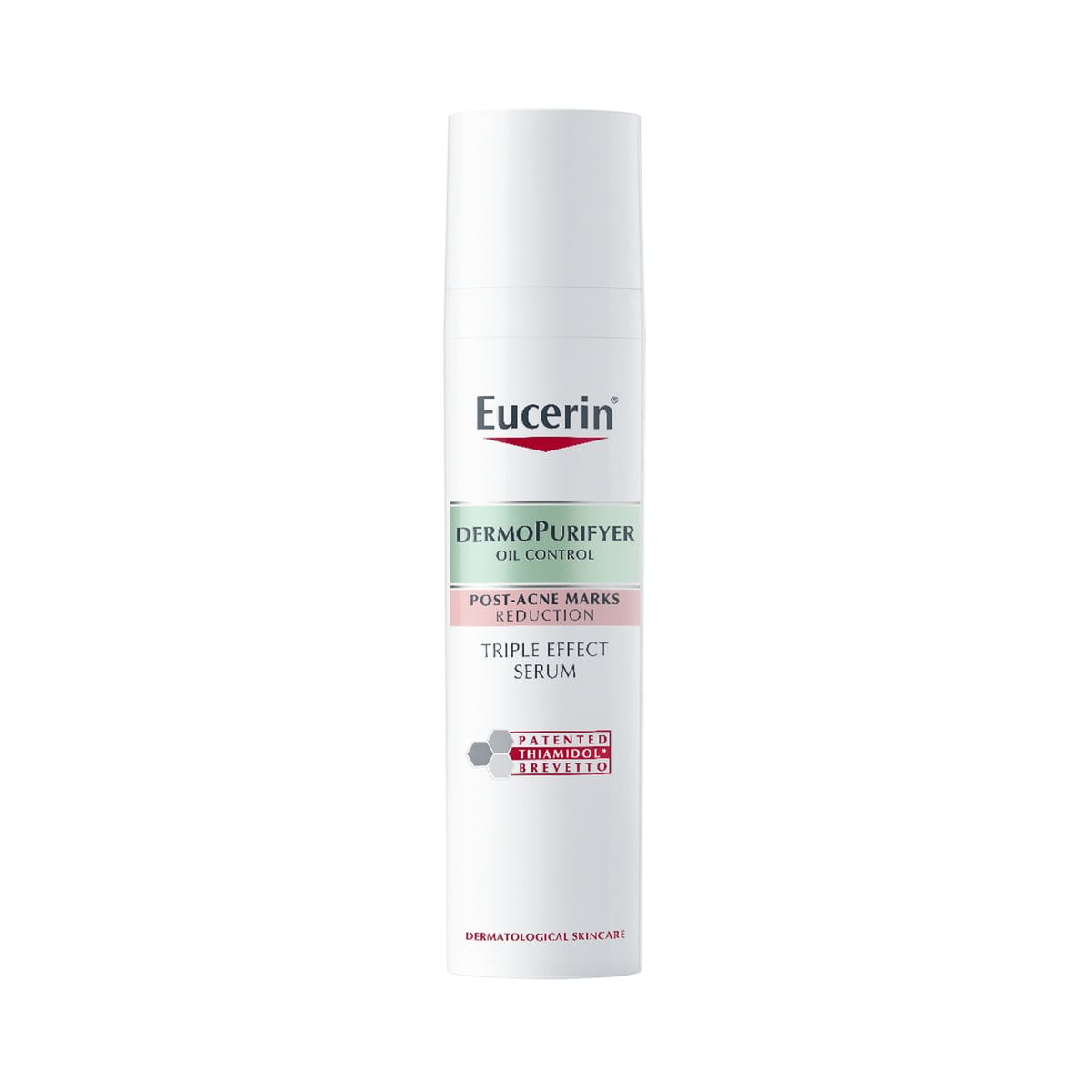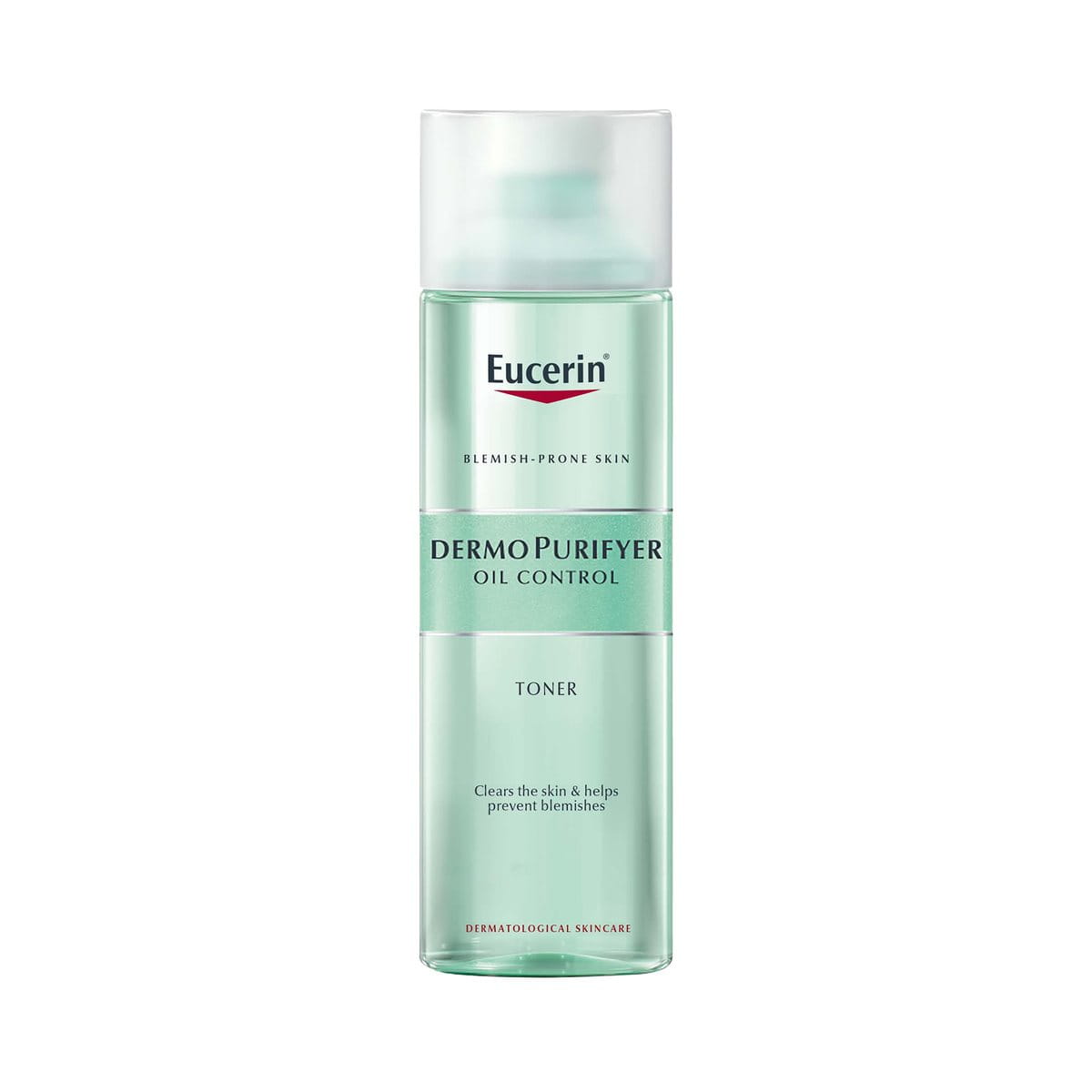Salicylic acid vs glycolic acid, we’re all guilty of confusing one for another or thinking they’re a similar thing. While it’s true to some effect, since they’re both exfoliants, they have plenty of unique benefits that make them suited to a particular skin type. Before you go buying the wrong bottle, it’s time to take a quick lesson in the differences between glycolic acid and salicylic acid and which one suits your skin type.
Keynotes:
- Salicylic acid and glycolic acid are popular exfoliants but work differently on the skin.
- Salicylic acid is oil-soluble, making it ideal for oily, acne-prone skin as it clears pores, reduces swelling, and controls breakouts.
- Glycolic acid is water-soluble and works for dry, dull, or ageing skin by boosting cell turnover and collagen.
- Choosing between them depends on your skin type, concerns, and sensitivity.





